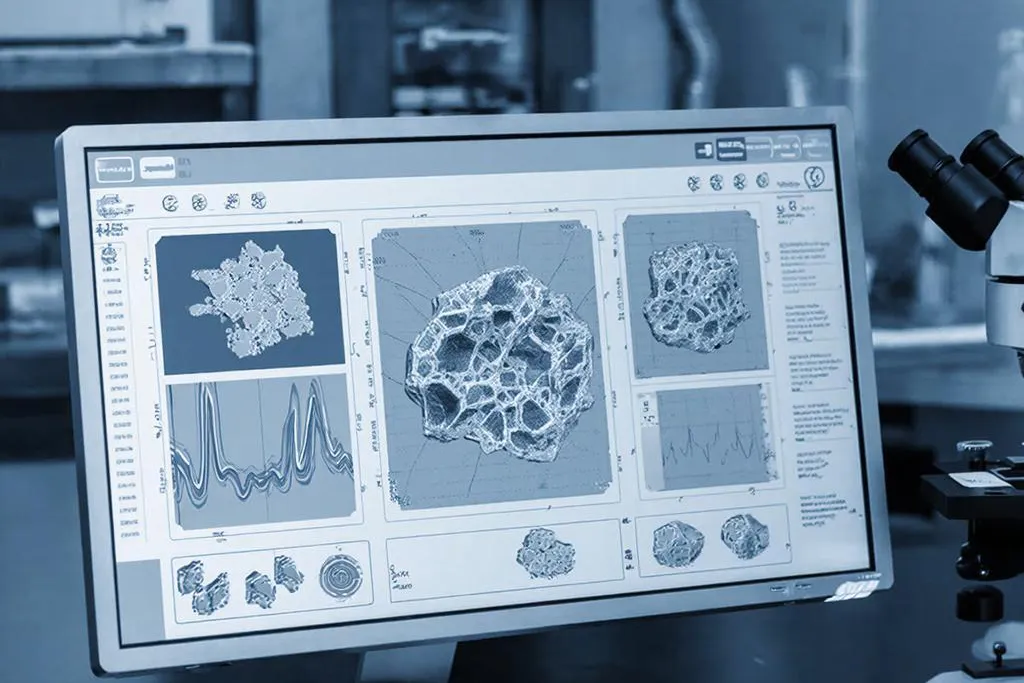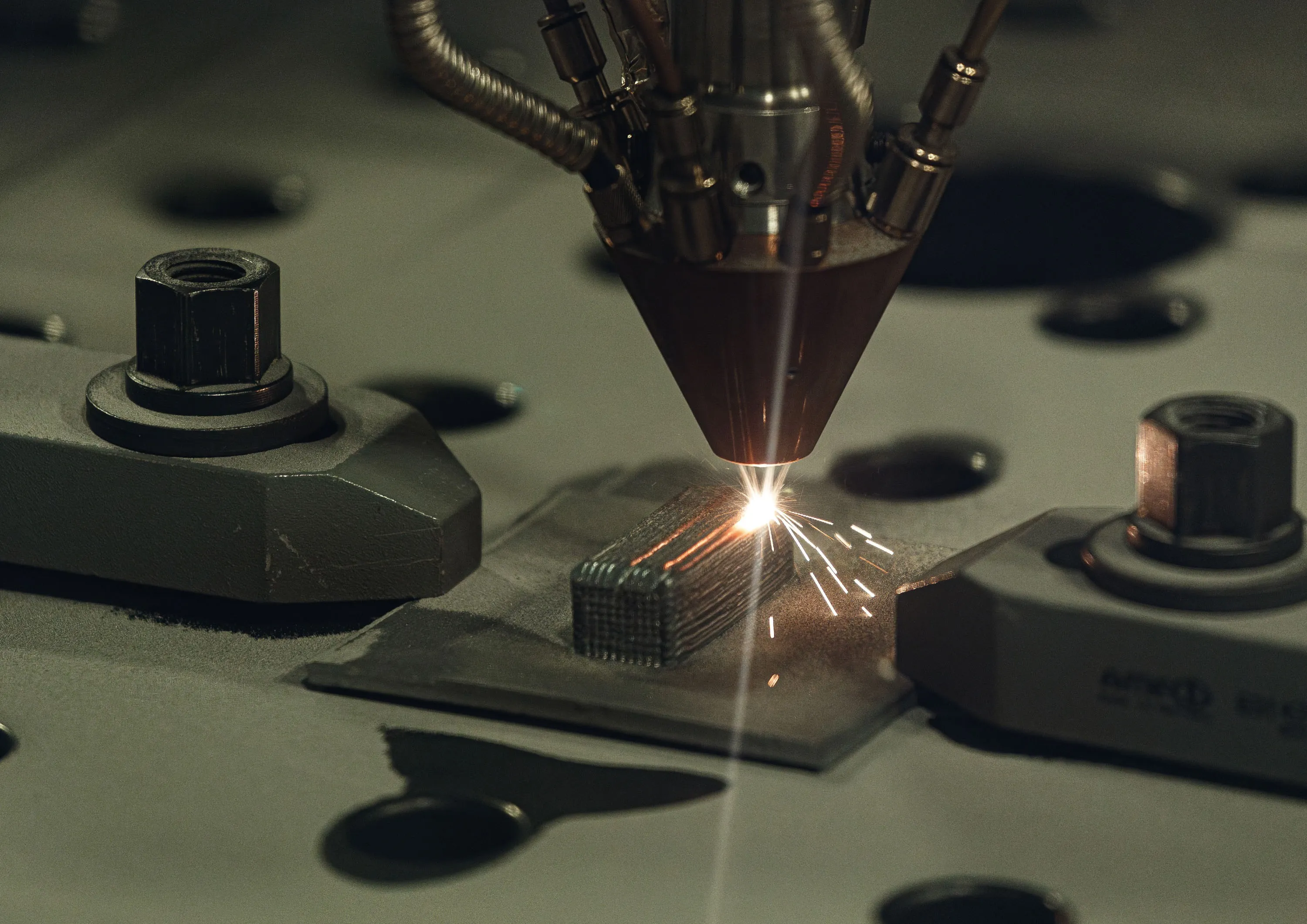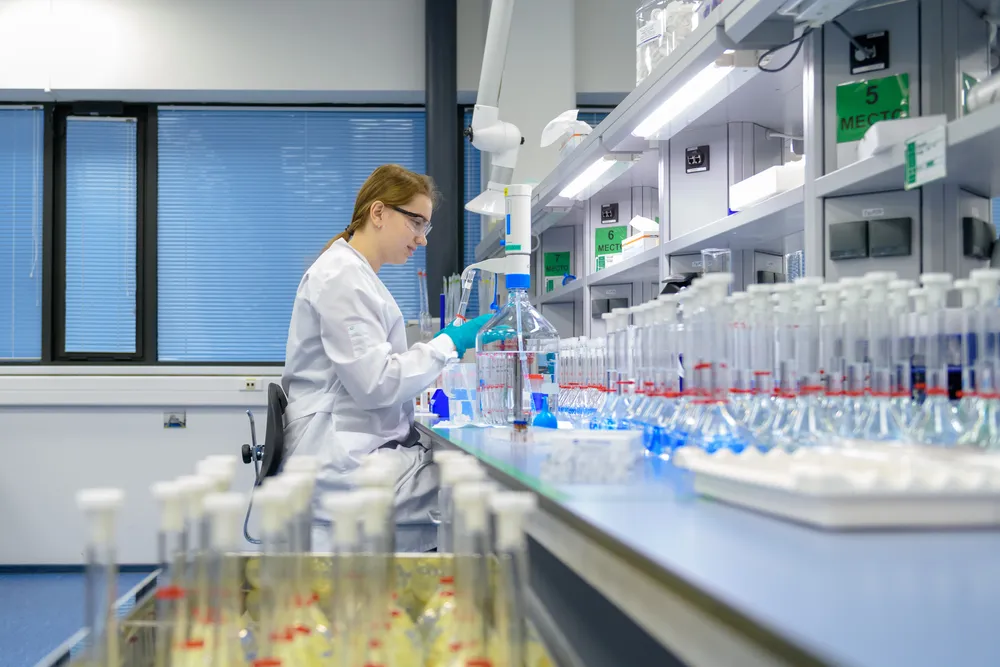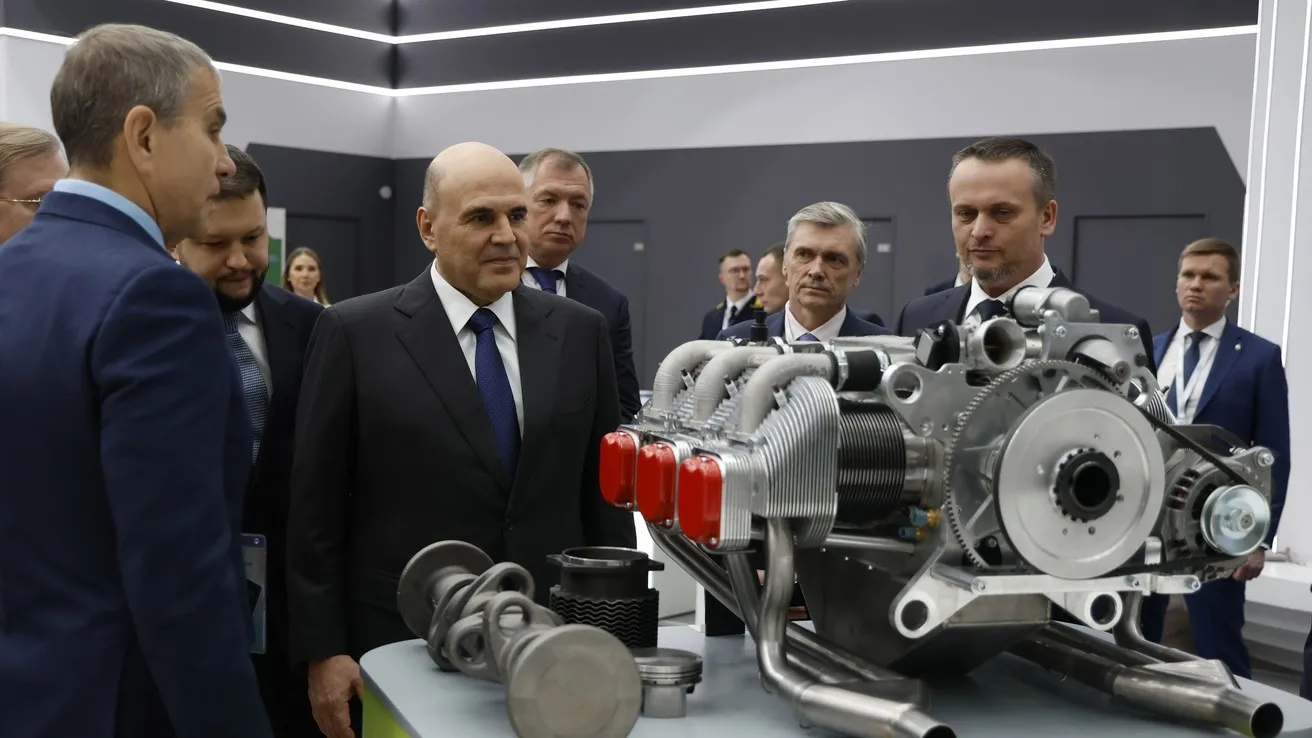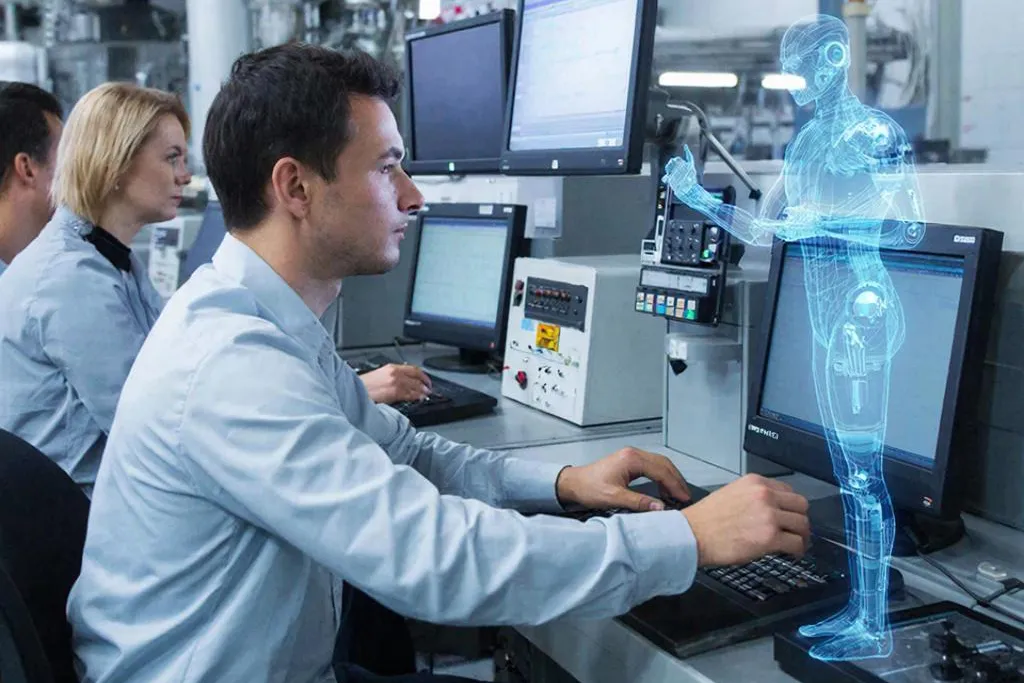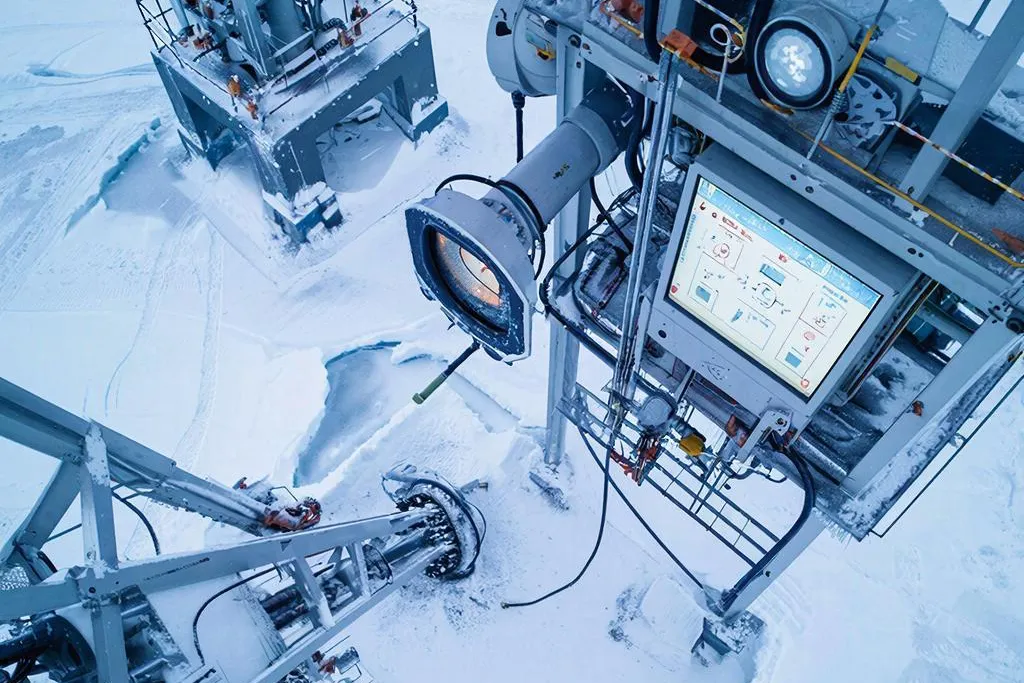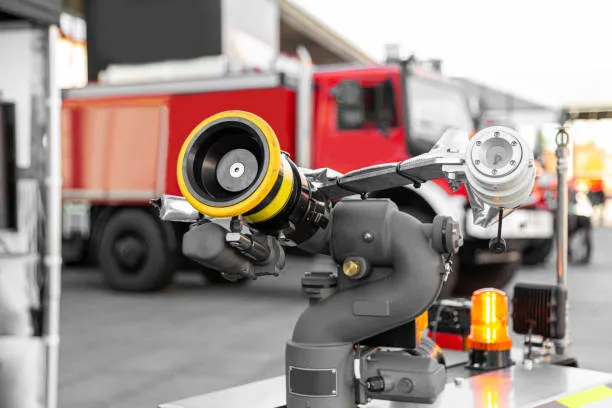Russian Scientists Create a Digital Model for Thermomechanical Material Processing
A new computational model developed at Perm Polytechnic University promises to save time, cut costs, and significantly improve the reliability of industrial components by predicting how metals change during real thermomechanical processing cycles.
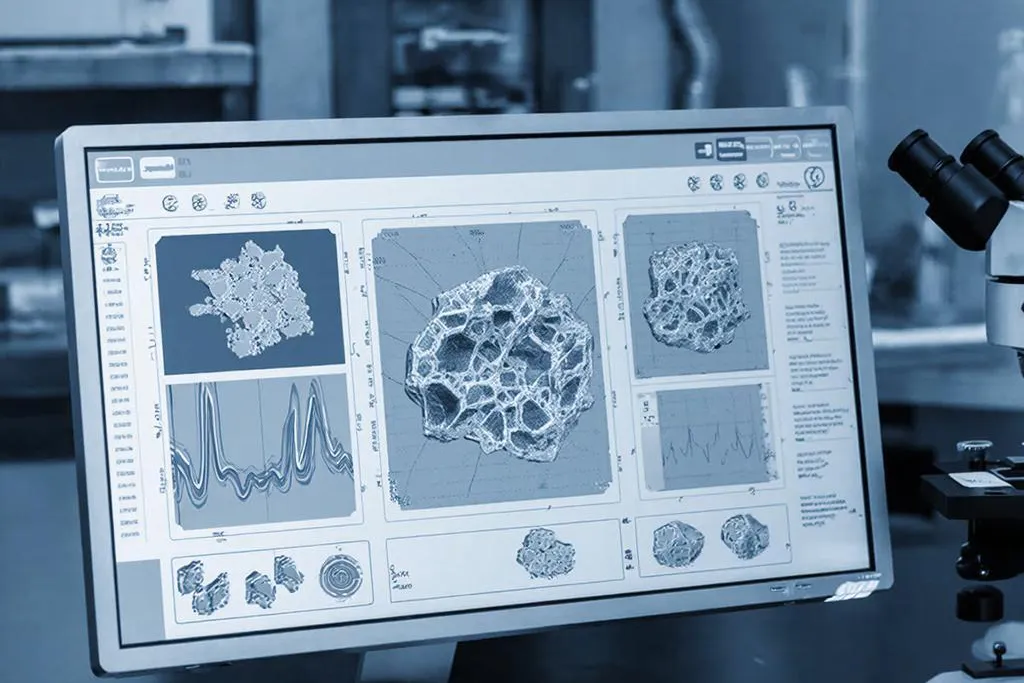
A Digital Model Designed for Real Production
Researchers at Perm Polytechnic University have created a computer model capable of accurately predicting how the internal structure and strength of metals evolve during industrial processing. The technology aims to help Russian aerospace, automotive, and engineering companies design more durable components while reducing production cycles and resource consumption.
Metals and alloys — particularly aluminum — are widely used in high‑performance industries due to their lightweight nature and high strength. However, forging or rolling can deform their crystalline structure, reducing key mechanical properties if left unchecked.
Traditional quality‑control methods often require destructive testing or rely on prohibitively expensive equipment. Existing digital tools, on the other hand, tend to be either too complex for practical use or insufficiently accurate for industrial requirements.
The Perm model addresses this challenge by describing material behavior under both constant and rapidly changing temperatures and strain rates — conditions typical of real production environments.
From Trial‑and‑Error to High‑Precision Forecasting
The model functions as a “digital microscope,” allowing engineers to virtually observe how a material’s crystalline lattice responds to different mechanical influences. Based on this, it can predict final mechanical characteristics such as yield strength. This predictive capability is crucial when designing load‑bearing frames and body panels, where structural integrity directly impacts performance and operational costs.
Integrating such a tool into a digital design workflow marks a shift away from iterative trial‑and‑error processes toward precise, data‑driven engineering. As a result, companies can produce higher‑quality components with fewer prototypes and lower costs.
The research team is already working on extending the model to simulate superplastic forming — a complex manufacturing method that enables the creation of highly intricate parts with minimal seams.


